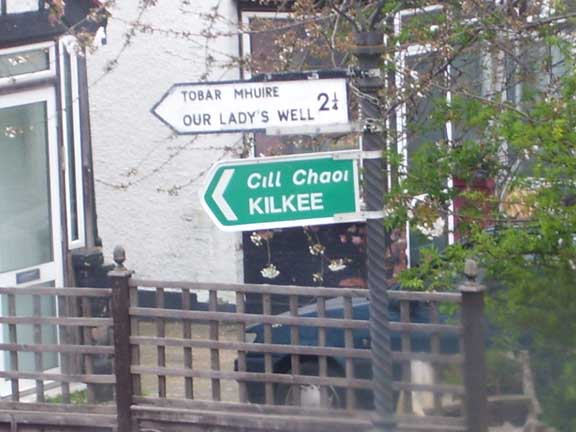Middlesex in 1934. From Middlesex Old and New
by Martin S Briggs
There are many that maintain Middlesex no longer exists. A bookseller in Hampstead enjoys sneering at my interests whenever I purchase books on the subject. Others come out with the wearying “Middlesex? That’s just a set of postcodes for people who don’t want to admit they live in London.” To be sure, the redefining of London’s administrative districts in 1964-5 supposedly did away with the County civil parishes and Rural or Urban District Councils. In their place emerged a motley group of London Boroughs, each of them inward facing and administratively isolated from its neighbours.
Yet the resonance of Middlesex lingers: Walk down the Hendon Way, from Child’s Hill to where traces of old UDC sewage farms are still visible in the concrete culverts, the raised line of the buried aqueducts at Brent Cross. Work up from there to Hendon, to Sunny Hill Park (noting the old Hendon Corporation metals set into the alleyways and road surfaces) and gaze over to the line of ridges running east to west along the old county borders. Allow the eye to roll far off, across the landscape beyond Harrow, to Haste Hill at Ruislip and to windy Harefield on the western border of the County. Next, cut through to Mill Hill via Arendene open space. Looking west again you see the hills at Red Hill, Barn Hill and Harrow (elongated ridges from this perspective) looking like dreadnoughts in line-abreast. Behind twinkle the lights of distant arterial roads and the tower blocks at Hounslow Heath.
At moments like this the County sits in the palm of my hand or it hangs suspended in the cortex. At other times it is a wild vicious thing: squashed insects on summer bitumen; dead souls trapped in pre-stressed concrete; sadness floating across wind-hacked sportsfields on lonely winter rambles. The county is both an intimate friend and a threat. It is the sparkle of sunlight on red suburban rooftops on spring mornings. It is compressed decades of endless car journeys down the A406 North Circular - drivers languidly farting in their Ford Capris.
Here are some other things the County has stored in its regional memory banks:
-
The sighting of a UFO over Harrow by two policemen in 1983.
-
The so-called Black Beast of Enfield, a large wildcat said to frequent the Chase.
-
Gradients supporting the surfaces of suburban streets. An eye for these will throw the topography of the county into stark relief (and undercut the purely symbolic relation with the suburbs that dismisses them as boring).
-
Regional recall in names of streets and schools (Spout Lane North at West Bedfont, Oliver Goldsmith school in Kingsbury).
-
There are traces of old hedgerow in many places – along the Waterfall Road between Friern Barnet and Southgate for instance.
-
The giant Minchenden Oak growing in a dedicated garden in Southgate.
-
Lingering shockwaves of the war stored in concrete slabs, tarmac and pub myths (My newly discovered Aunt telling me about the flying-bomb incident at Standard Telephones & Cables in 1944. How she and her sister stood outside on Bounds Green Road waiting for my Grandmother to come out. When she finally emerged she was white with dust and totally deaf).
-
Buried memories of forgotten disasters (The Brent Cross Crane Disaster of 1964).
-
Elements of county recall in the poetry of Bill Griffith or John Betjamen.
In coming months I will be building up a composite picture of the region. I will also undertake a partial study of neighbouring counties. A series of chapbook publications is planned and will be made available for download or for purchase in hard copy (the first of these, Cul-de-sac, is almost ready now). Please revisit the site periodically and track changes and improvements.
The County lives within us!
One day, about a year ago, I was travelling by bus along the A41 Hendon Way when I happened to look down at a signpost in the front garden of one of the houses on the road’s western side.
It was the sight of the sign – ornate, clearly not “official” - that initially drew me, but it was the sign’s very wording that held me and got me thinking. For within feet of the endlessly dense traffic grinding along this slick black giant of civil engineering worming out towards Edgware and Watford, was the unlikeliest pointer to some understorey of possibilities and worlds:
This rustic sign straight out of a world of small lanes, bowhereens and pubs placed in front parlours read –
TOBAR MHUIRE
OUR LADY’S WELL
Neither was it the clearly Irish origin of the sign that prompted me to ponder, pulling me out of my dull-eyed early-morning trance; after all it was easy to comprehend that it was a talisman brought over from somewhere on the Emerald Isle as a keepsake. Rather it was the sign’s reference to a well that grabbed me. For, upon reading the words inscribed I returned to my on-off speculations about the various courses, the seeping and burrowing, and the flooding, the engineered accommodation of the old streams, ditches and rivers of my region.


